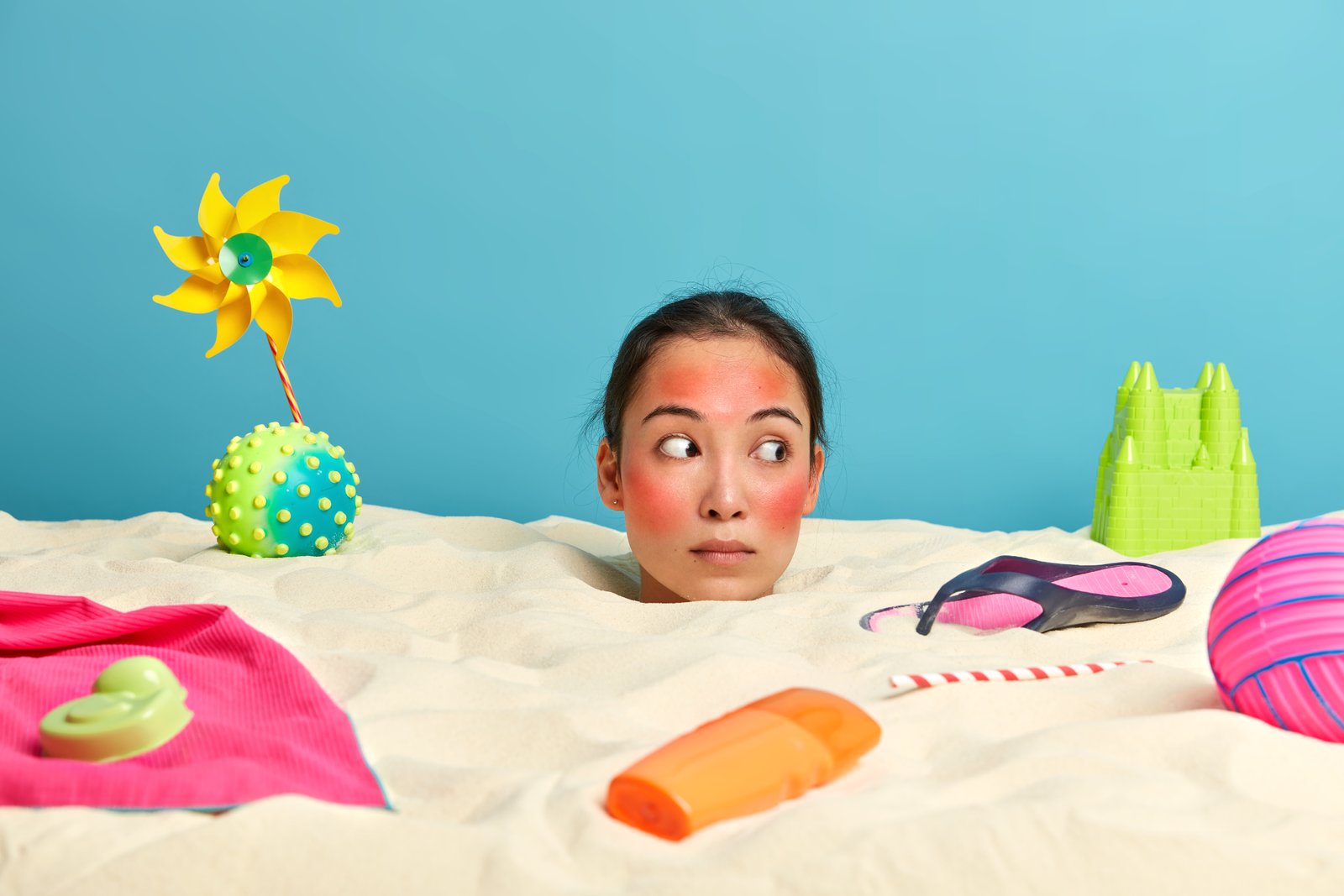There are plenty of reasons to skip the tanning bed, ranging from health concerns to the negative effects on your skin, but if you’re still on the fence about getting that all-over bronze glow, it may help to look at some of the pros and cons of tanning. Is tanning bad for you?
Yes, but does that mean that you shouldn’t ever do it? Read on to find out more about the pros and cons of tanning so you can make an informed decision about what’s best for your body and your health.
Benefits
Many experts agree that getting some sun, particularly during summer months, can be good for your health. Exposure to sunlight gives you a dose of vitamin D, which is essential to bone development. Additionally, people who get enough exposure to sunlight have been found to have fewer symptoms of depression.
But too much time in the sun has its downsides too—including age spots and skin cancer—so it’s important to follow safe-sun practices like using sunscreen, wearing protective clothing and seeking shade whenever possible.
As always, talk with your doctor about what kind of exposure is right for you.
Risks
We’ve talked about how tanning can increase your risk of developing skin cancer—and there are other health risks associated with tanning, too.
Exposure to UV light damages DNA in skin cells, which can lead to cell mutations and ultimately cancer. Sunburns also make skin more vulnerable to bacteria, which can cause infections like cellulitis or herpes breakouts, says Jessica Krant, MD, assistant clinical professor of dermatology at SUNY Downstate Medical Center in New York City.
Plus, some people have a sensitivity to sun exposure that makes them burn more easily than others. The more you get burned, the less sensitive your skin becomes, Dr. Krant explains.
This is why many redheads don’t tan very well. In fact, a study published in JAMA Dermatology found that redheads were three times as likely to develop melanoma as those with darker hair colors because they’re not able to produce enough melanin (the pigment responsible for darkening our skin when we’re exposed to sunlight).
If you’re fair-skinned and prone to burning, stay out of direct sunlight as much as possible between 10 AM and 4 PM when UV rays are strongest.
Indoor vs Outdoor Tanning
What’s Safer? Even if you are vigilant about protecting your skin from harmful UV rays, it’s still possible to be a sun-worshipper—it just means spending more time in artificial light.
Indoor tanning can take on different forms, including tanning beds, sunless tanning, at-home spray tans and airbrush tans. In terms of health risks associated with UV exposure, indoor tanning is not any safer than getting a real suntan outdoors.
Both ultraviolet A (UVA) rays and ultraviolet B (UVB) rays can cause skin damage when they come into contact with cells in your body.
UVA radiation is associated with skin aging; both types are believed to contribute to an increased risk of skin cancer. This doesn’t mean that you shouldn’t get an indoor tan or that you should skip SPF altogether.
It does mean that protecting yourself from sunlight exposure is one of those rare instances where moderation isn’t good enough: Experts recommend wearing sunscreen every day, even when it’s cloudy outside or when you’re indoors.
And as tempting as a sunbed may seem, experts advise against using them because there isn’t much evidence that frequent use has benefits beyond causing some premature aging.
Instead, experts recommend staying out of direct sunlight between 10 a.m. and 4 p.m., especially during peak hours (11 a.m.-2 p.m.); wearing protective clothing such as hats and sunglasses; applying broad-spectrum sunscreen before going outside; and avoiding indoor tanning completely.
Improving Your Chances of Tanning Safely
It’s a misconception that tanned skin is beautiful, healthy, and naturally dark. It’s all about what you’re exposing your skin to.
According to dermatologists, it doesn’t take much time in a tanning bed to increase your risk of cancer (1-8 minutes), burn (2-5 minutes), or damage your skin and eyes (5 minutes). If you’re fair-skinned and have never tried tanning before, start with an at-home tanner until you can get an accurate idea of how much time it takes for you to reach a level 3.
If you spend lots of time outdoors already, don’t be fooled into thinking that slapping on sunscreen once will do—you’ll need regular applications throughout your day because sun exposure accumulates over time.
Tips for Indoor Tanners
There are several alternatives to tanning in tanning beds, which have been linked to melanoma. Indoor tanners can use a self-tanner lotion instead, though those often contain harmful chemicals. If you still want to tan indoors, stand under one or two UVB lamps (typically found in gyms), which do not penetrate as deeply into your skin as UVA.
They will help develop an even base color before you go out into sunlight. Also be sure that you apply sunscreen correctly when outside—choose a broad-spectrum SPF 30 or higher; reapply every two hours; wear a hat and sunglasses when outdoors; stay in shade as much as possible.
Don’t forget about your ears!
Dos and Don’ts Section: Conclusion
Although going tanning may darken your skin, it won’t give you any health benefits. In fact, it’s dangerous to go tanning too much because you will damage your skin cells.
Your best bet is to spend time in the sun in moderation and to use a healthy amount of SPF when you do decide to go outside. This will protect you from cancer-causing UV rays that can harm your eyes as well as cause premature aging of your skin if exposed too much.
Don’t spend too much time outdoors before consulting with a dermatologist so they can recommend what is best for your skin type.




Your posts are always well-crafted and your site is beautifully organized.
Great insights! I found your take on sustainable living incredibly practical. Looking forward to implementing some of these tips! Check out [Get Info](https://getinfo.ink/?utm_source=google&utm_medium=search&utm_campaign=promotion) for more inspiring content.